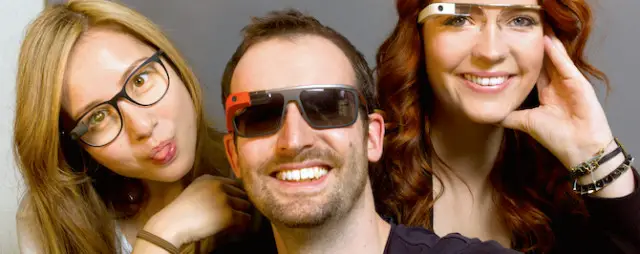For Google, wearables all about decreased search times

Google has been quick to point out the utilitarian aspects of Google Glass since it’s introduction a couple years back, showcasing it as the futuristic alternative to the smartphone. Perhaps it could be, but let’s not kid ourselves. While Google may deep down inside truly care about the betterment of the world, it is a company based on answering internet search queries, and search queries, in one way or another, will always be at the heart of every decision the company makes.
This revelation comes to us by way of Babak Parviz, one of the directors of Google’s famed Google X division and the man who headed up the team working on Glass during the first stages of his development. According to Parviz, a main aim in designing Glass was simply to reduce the amount of time it would take a user to perform a search, a task that on average takes about 10 seconds. A search device mounted to the head, ready and waiting for voice input, seemed like a logical answer. The same could be said for Google’s entire wearable strategy, including the newly introduced Android Wear platform.
Parviz further went on to say that he doesn’t see Glass as the definitive answer. In fact, unlike many Glass evangelists, the Googler did not even wear the still-in-testing headset on stage. He acknowledged Glass as one solution to the post-smartphone age, and said he believes we will see a more widespread adoption of wearable tech a few years down the road, but knows this particular gadget is likely not the be-all-end-all.
Parviz has since been replaced as head of Google Glass development, but he hinted at the direction Google hopes to take their connected headset. Aside from refining the software experience, the focus is on hardware that is less power hungry and more comfortable for the user. Hopefully the search giant is also focused on cutting down the $1500 price tag to something a bit more manageable.